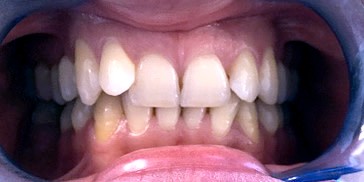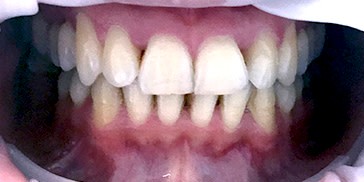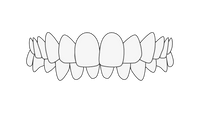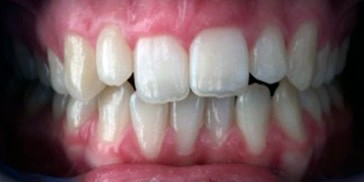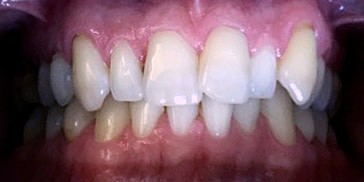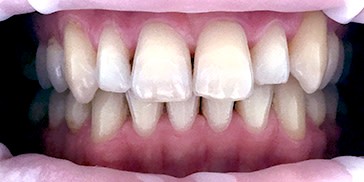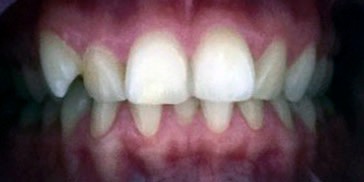Malocclusion: DR SMILE treats these common misalignments
Beautiful, straight teeth? Thanks to DR SMILE aligners, 150,000 satisfied customers are already confidently showing off their smiles. DR SMILE's satisfaction promise!
BOOK APPOINTMENT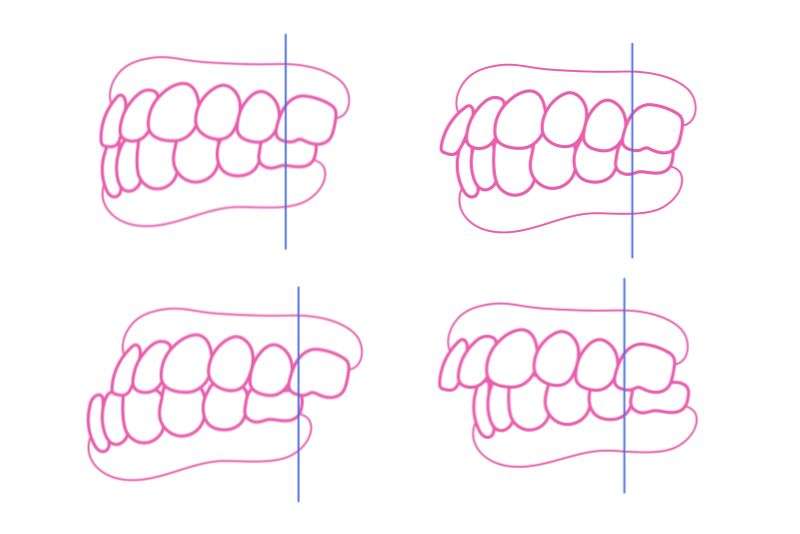

What are dental misalignments?
A misalignment is when the position of one or more teeth in the upper or lower jaw is not in the right order. Teeth misalignments often not only have an aesthetic effect, but can also have negative effects on oral health. Common misalignments are:
Diastema
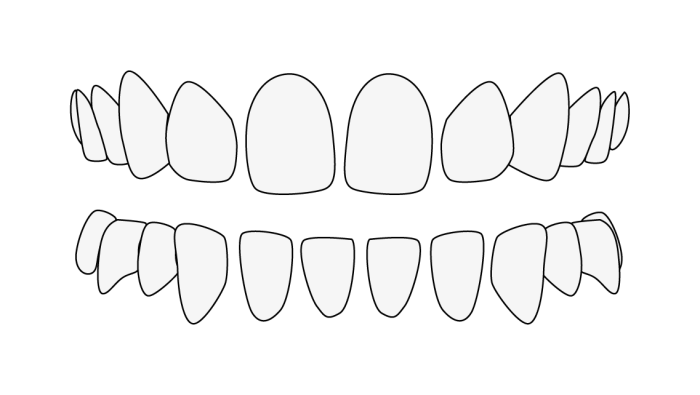
If teeth are missing or are too small, but also if the jaw is too wide, spaces can occur that have an unfavourable effect on the aesthetics. The space is typically in the front area between the central incisors in the upper jaw (diastema mediale).
Crowded teeth
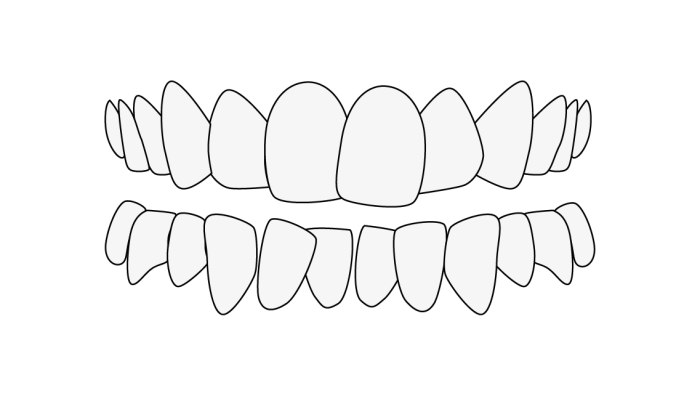
Narrow jaws or narrow dental arches lead to space problems where teeth become crowded or there is a lack of space for teeth that are not yet emerged. When teeth are crowded, it is more difficult to clean properly. This can lead to caries-related issues as well as gum inflammations.
Open bite
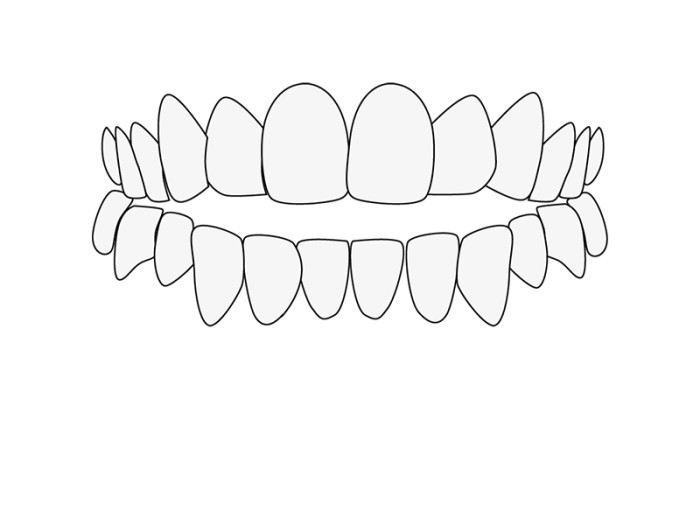
If the anterior or posterior teeth do not fit correctly, and there is a small or significant gap between them, this is called an open bite. This occurs primarily in the anterior but also in the posterior region. The reasons for this are behaviours such as thumb sucking, tongue thrusting or abnormal swallowing and breathing.
Crossbite
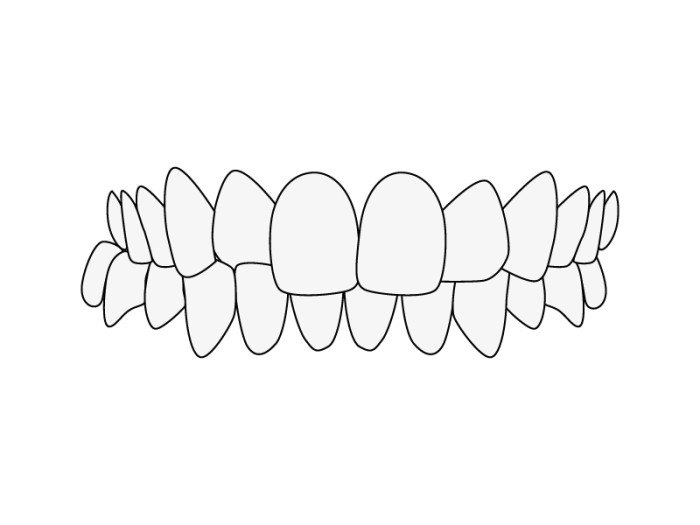
In a crossbite, the posterior teeth are not correctly aligned. They are too far inwards (palatal, towards the palate) in the upper jaw or too far outwards (buccal, towards the cheek) in the lower jaw.
Deep bite
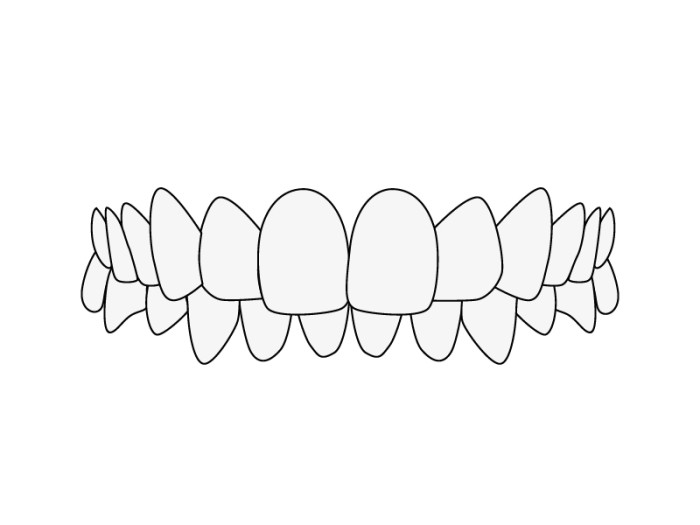
Normally, the upper incisors cover the lower ones by about two to three millimetres when you bite together. With a deep bite, they reach too far down and cover the incisors in the lower jaw.
Head bite

In a head bite, the incisal edges of the anterior teeth or the cusps of the posterior teeth bite into each other. When the anterior teeth of the upper jaw and lower jaw meet, this is referred to as a tooth bite or head bite.
Overbite
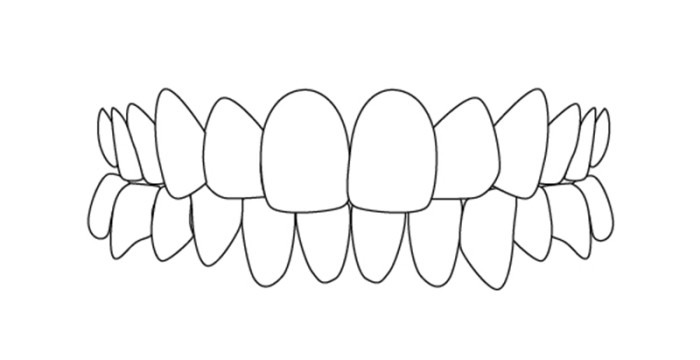
If the upper jaw is too big in proportion to the lower jaw, there is a noticeable (more than two centimetres in normal dentition) gap between the upper and lower incisors. An overbite affects the closure of the mouth and the appearance of the facial profile (receding chin).
If teeth are missing or are too small, but also if the jaw is too wide, spaces can occur that have an unfavourable effect on the aesthetics. The space is typically in the front area between the central incisors in the upper jaw (diastema mediale).

